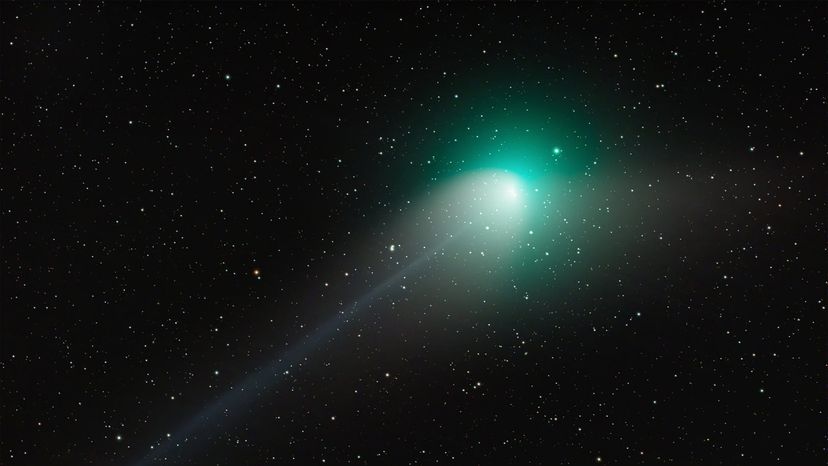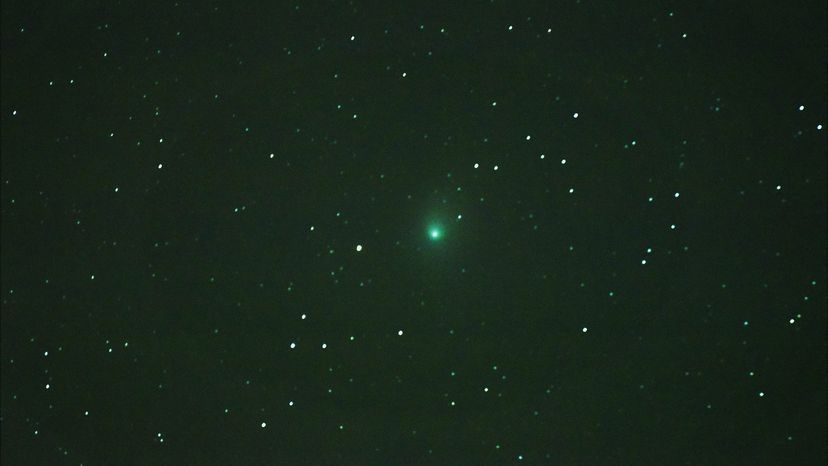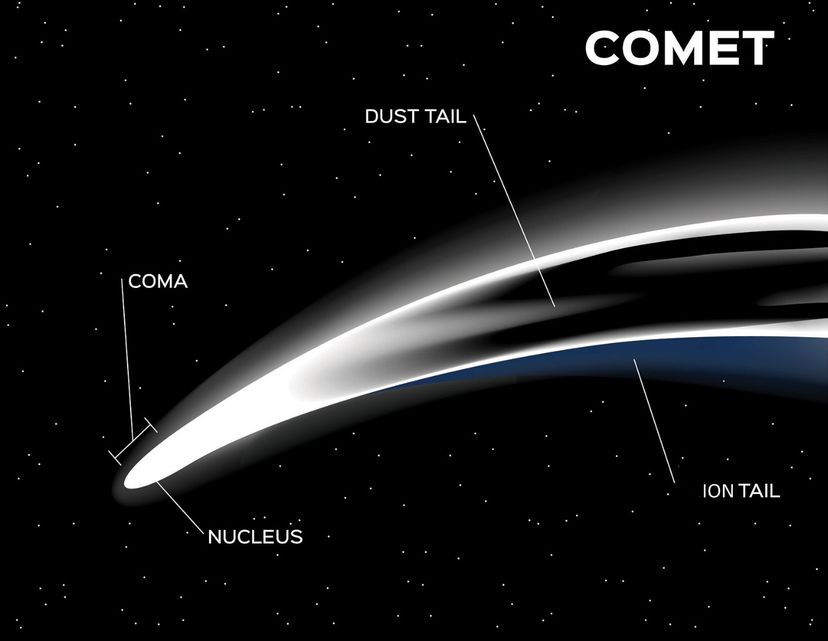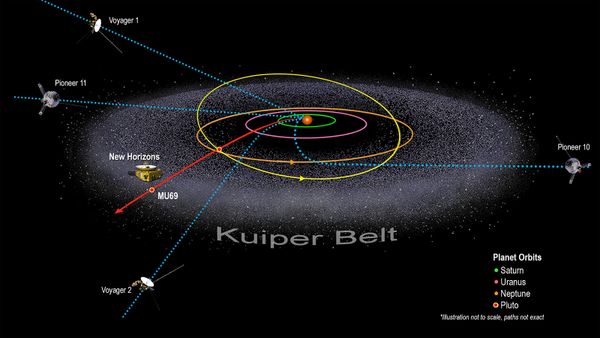
One thing astronomers have become increasingly aware of in the past few decades is how many objects are part of our one special solar system. Whereas we once understood our system as composed of a sun, some planets and an asteroid belt, we now know there are millions of objects beyond the orbit of Neptune in the Kuiper Belt — and there's more left to discover (Planet X, anyone?).
Some of these distant objects occasionally make a visit to the inner parts of the solar system, including comets on long orbits traveling billions of miles over tens of thousands of years. One such comet made headlines recently for its distinctive green hue — but what causes a comet to appear a certain color in the first place?
Advertisement



